Inner workings: the notebooks of Jean-Michel Basquiat are unveiled at the Brooklyn Museum

As far as New York artists go, Jean-Michel Basquiat is about as authentically New York as it gets. The Brooklyn-born icon is the subject of a seminal new exhibition, Basquiat: The Unknown Notebooks, which places the pages of eight of the artist's notebooks on display for the very first time. Taking place at the Brooklyn Museum, an institution that a young Basquiat was a junior member of and visited frequently himself, the exhibition showcases 160 unbound notebook pages featuring fully conceived artworks, alongside 30 drawings, paintings and mixed-media works from private collections and the artist's estate.
With around 600 paintings, 1,500 drawings and other sculpture and mixed media creations to his name, Basquiat was prolific to say the least. A poet as much as an artist, his pieces heavily focused on the visual word, with ideas of racism, colonialism and the street permeating repeatedly throughout. The notebooks are no different and are regarded as veritable works of art in themselves.
Basquiat favoured the composition notebooks that were used ubiquitously by American students. The eight notebooks on display are from the collection of Larry Warsh, a New York-based publisher and early collector of Basquiat works. Dating from 1979 to 1987/88, they were carefully unbound in the 1990s, but have never been exhibited until now. Displayed chronologically in order of development, the notebook pages allow viewers to observe and consider Basquiat's enigmatic style on a highly intimate level.
'What this show is going to tell you is that the notebooks are not sketchbooks. They are artworks by themselves, just on a smaller scale,' says guest curator Dieter Buchhart, a Basquiat scholar who worked with the Brooklyn Museum's associate curator, Tricia Laughlin Bloom, to put together the show. 'Just one word on one page would be as important to [Basquiat] as a large scale painting or drawing.'
Written only on the right-hand pages of the notebooks, mostly in block capital lettering in black ink, the small-scale works often feature ideas and concepts that would go on to appear in Basquiat's larger pieces, like 'Famous Negro Athletes' (1981) and 'Untitled (Crown)' (1982) which are also on display. His articulation of the letter 'E' as three horizontal strokes, a feature that also consistently appears in larger, more intricate works, is further proof that the notebooks contain finessed executions of the artist's visual language. From narrative wordplay and extended narrative poems to observations of New York street life, sketches of teepees, crowns and skeleton faces that later became the most recognisable aspects of his work, the notebook writings have it all.
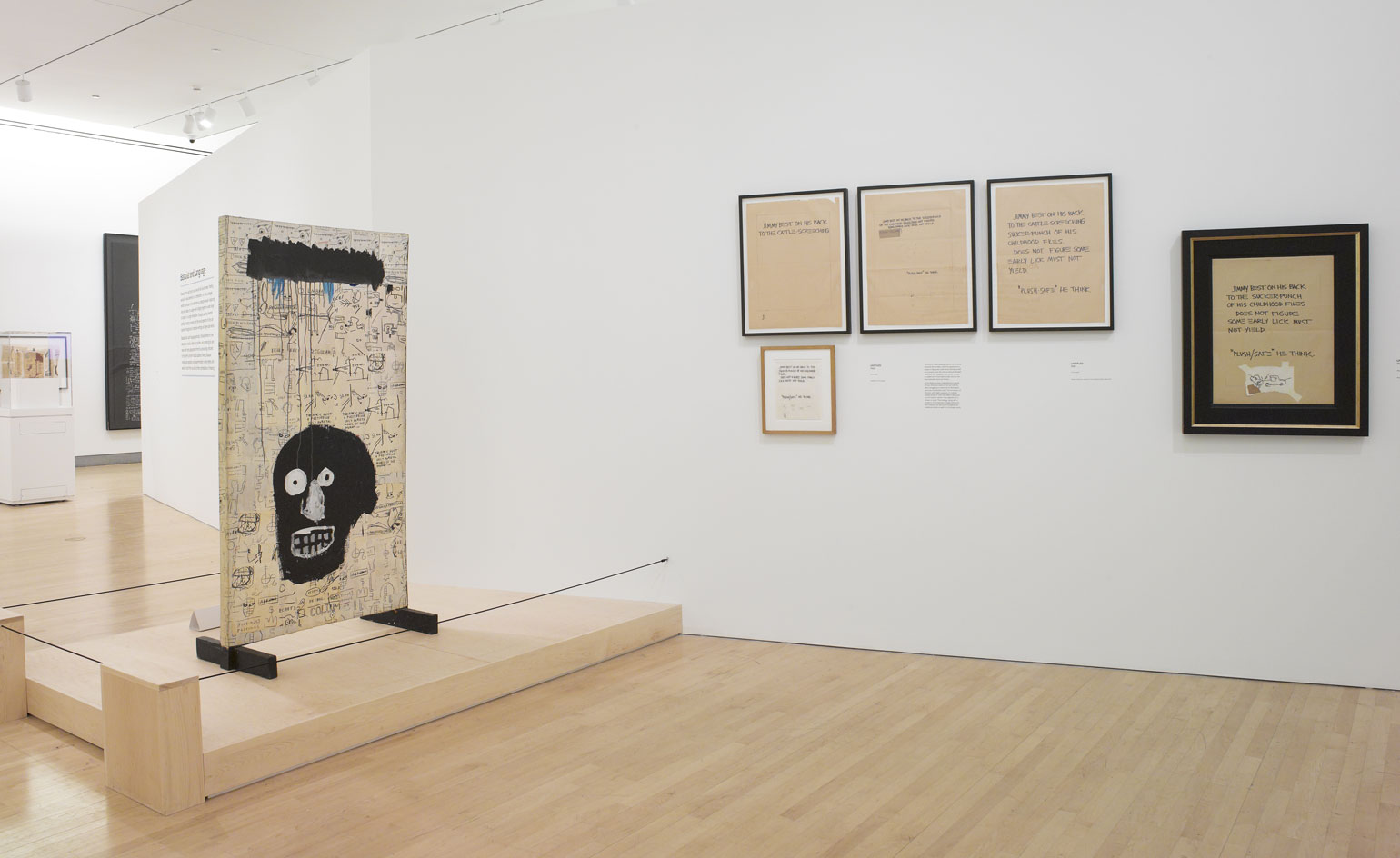
The Unknown Notebooks showcases exactly that - pages from Basquiat's private sketchbooks, alongside 30 of his drawings, paintings and mixed-media works. Courtesy of the Brooklyn Museum
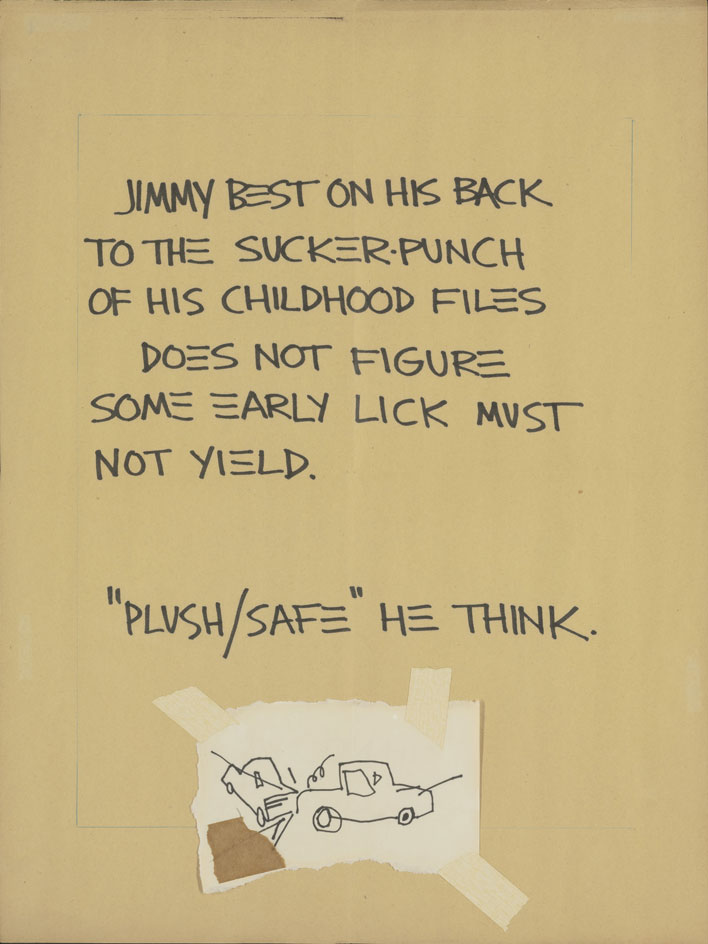
Displayed chronologically, there are in total 160 unbound notebook pages on display

One of the larger pieces on show - 'Untitled (The Crown)' of 1982
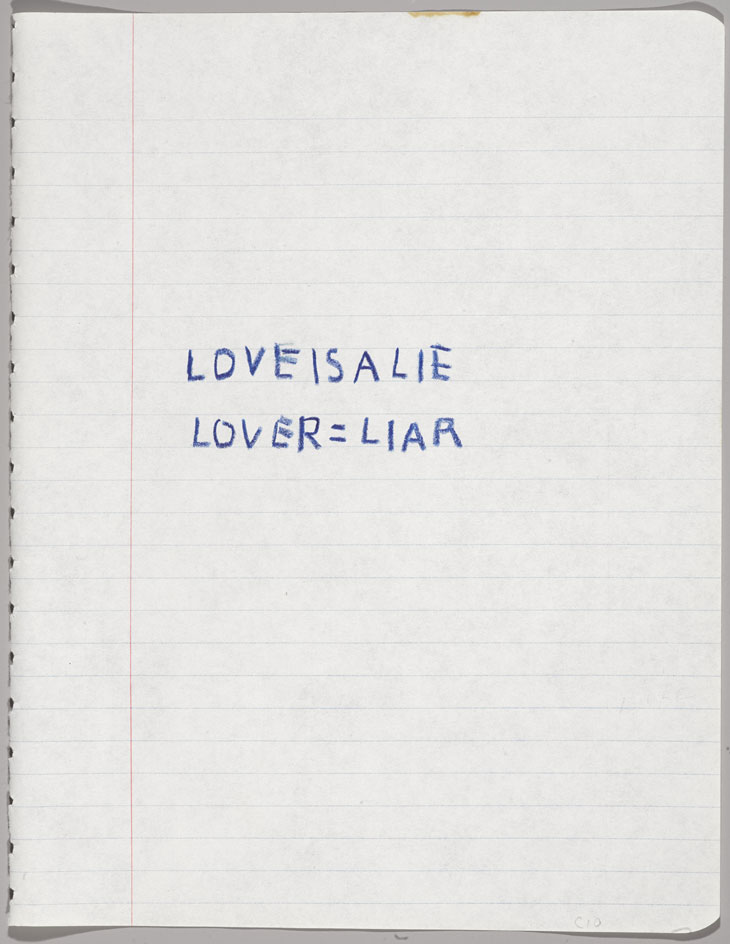
'Just one word on one page would be as important to [Basquiat] as a large-scale painting or drawing,' says the museum's associate curator Tricia Laughlin Bloom
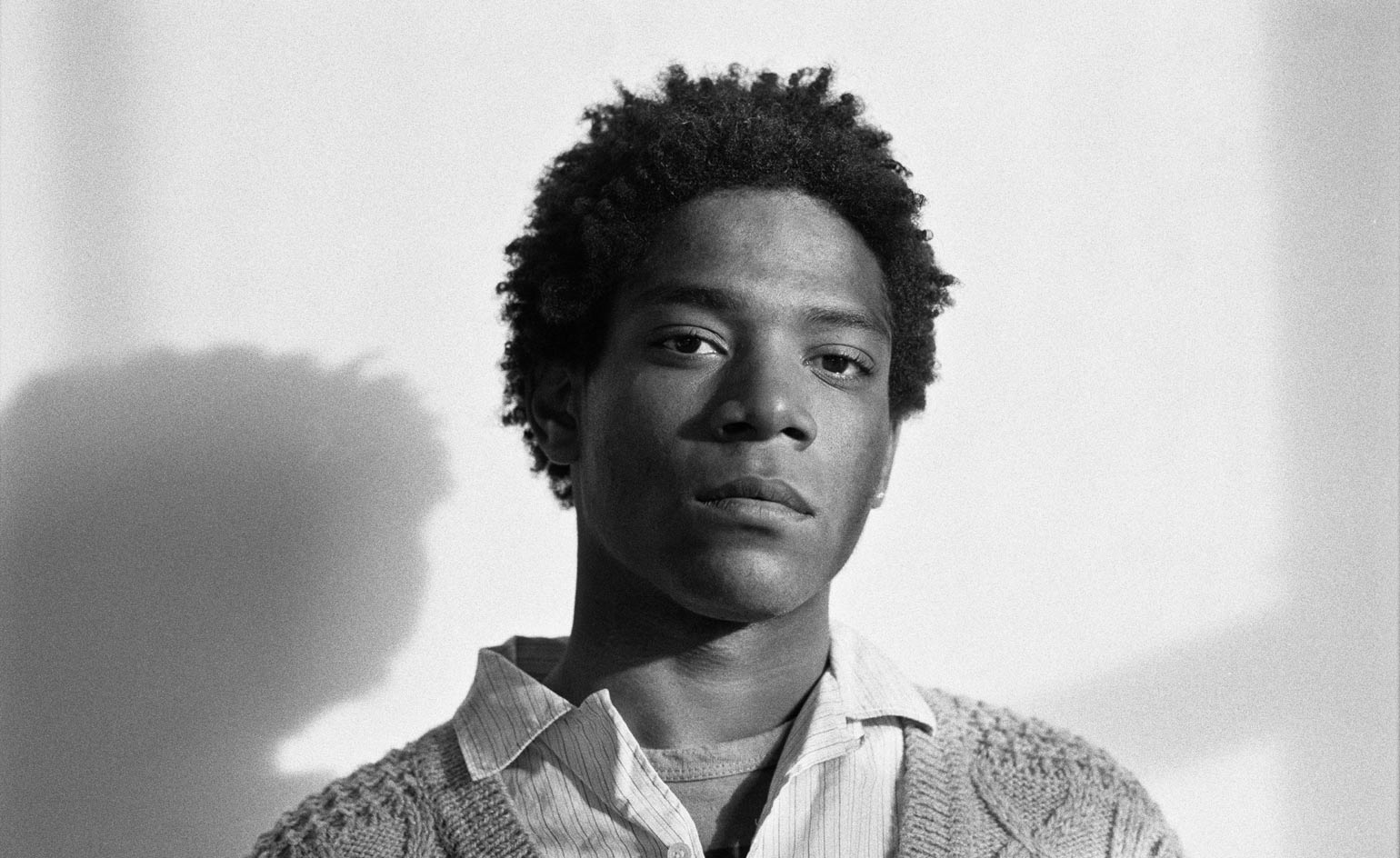
The Brooklyn-born icon
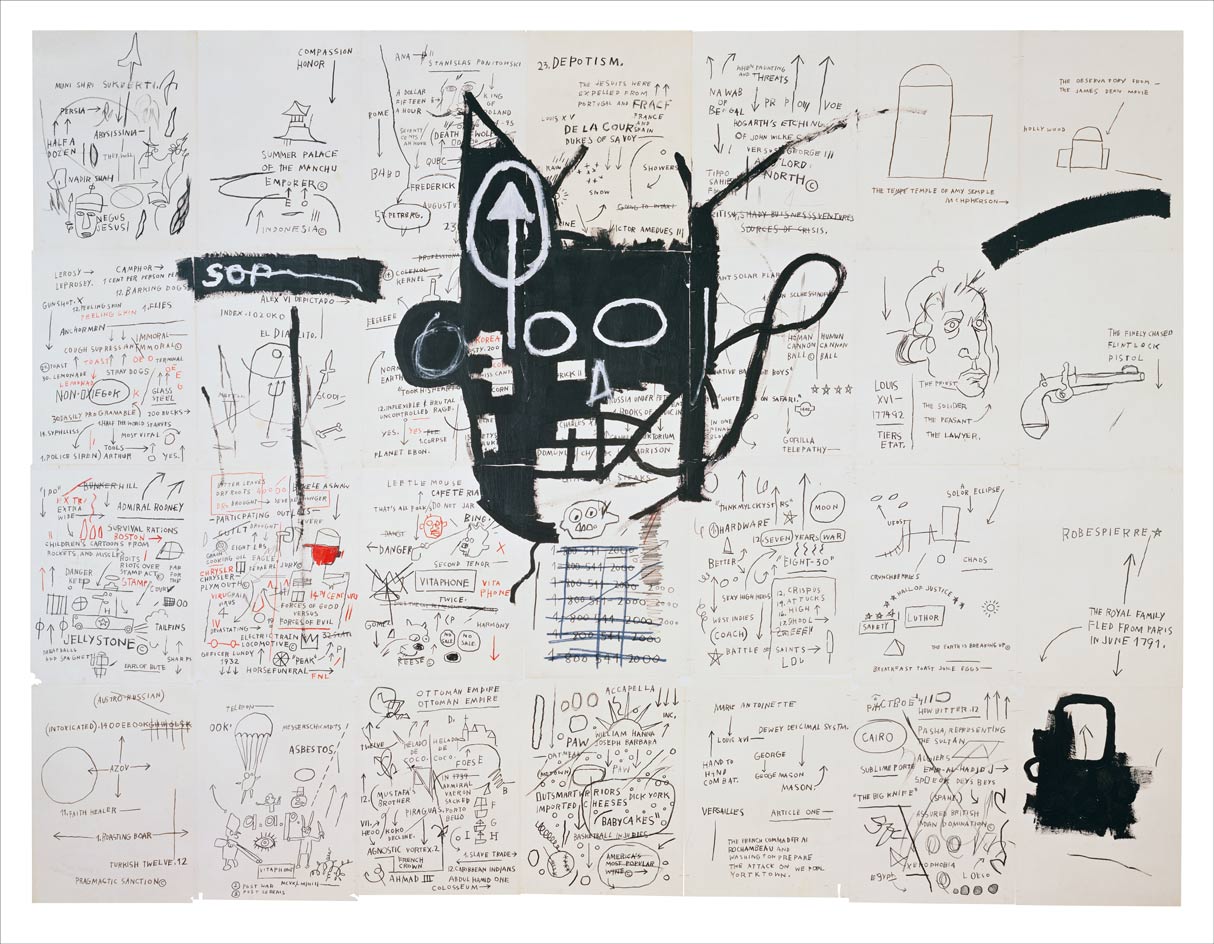
Carefully unbound in the 1990s, the pages allow viewers to observe the inner workings of Basquiat's creative mind on a highly intimate level
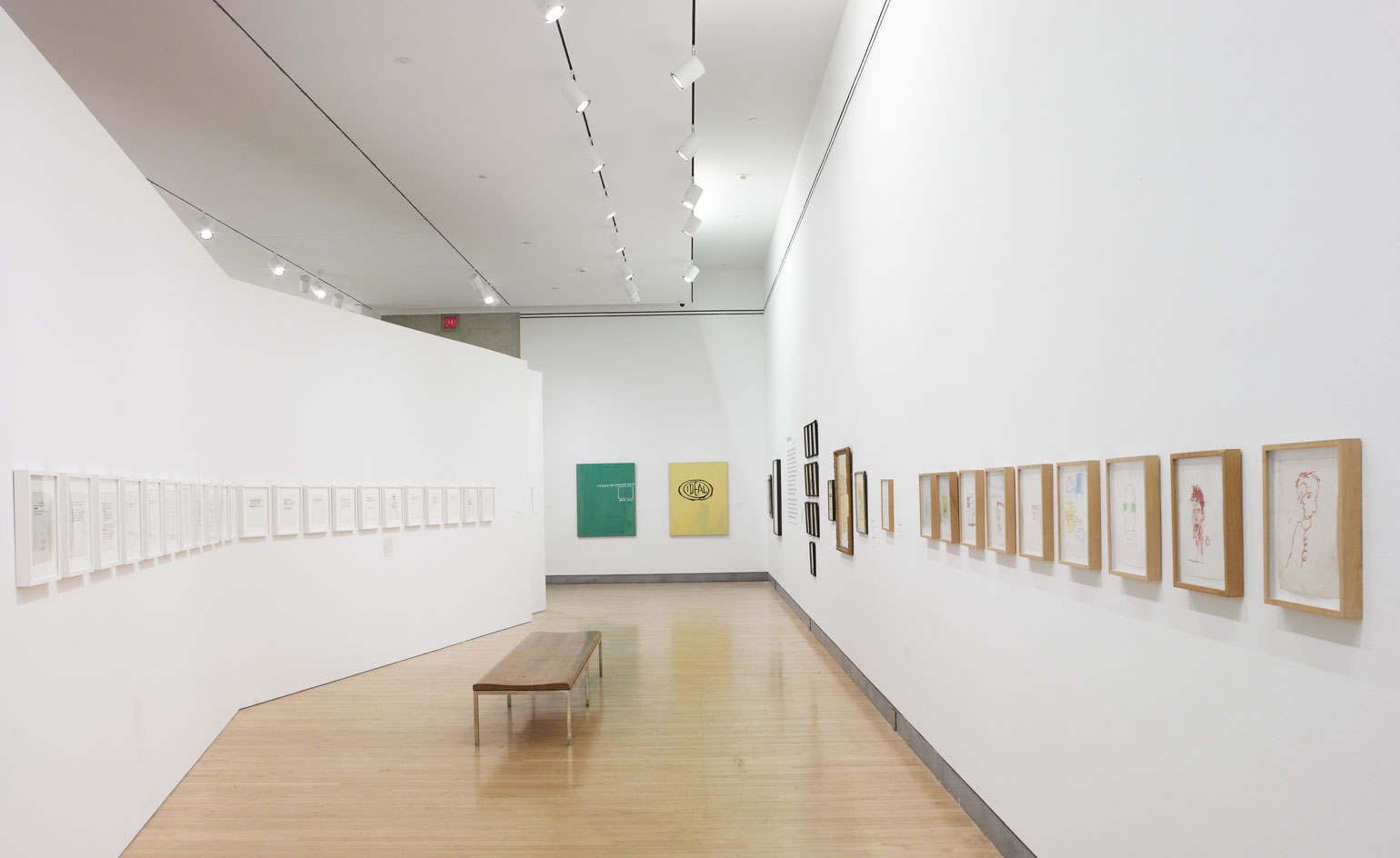
The pages come from eight notebooks, which form part of the collection of Larry Warsh, a New York-based publisher and early collector of Basquiat works. Courtesy of the Brooklyn Museum

'I cross out words so you will see them more. The fact they are obscured makes you want to read them.' - Jean-Michel Basquiat. Courtesy of the Brooklyn Museum
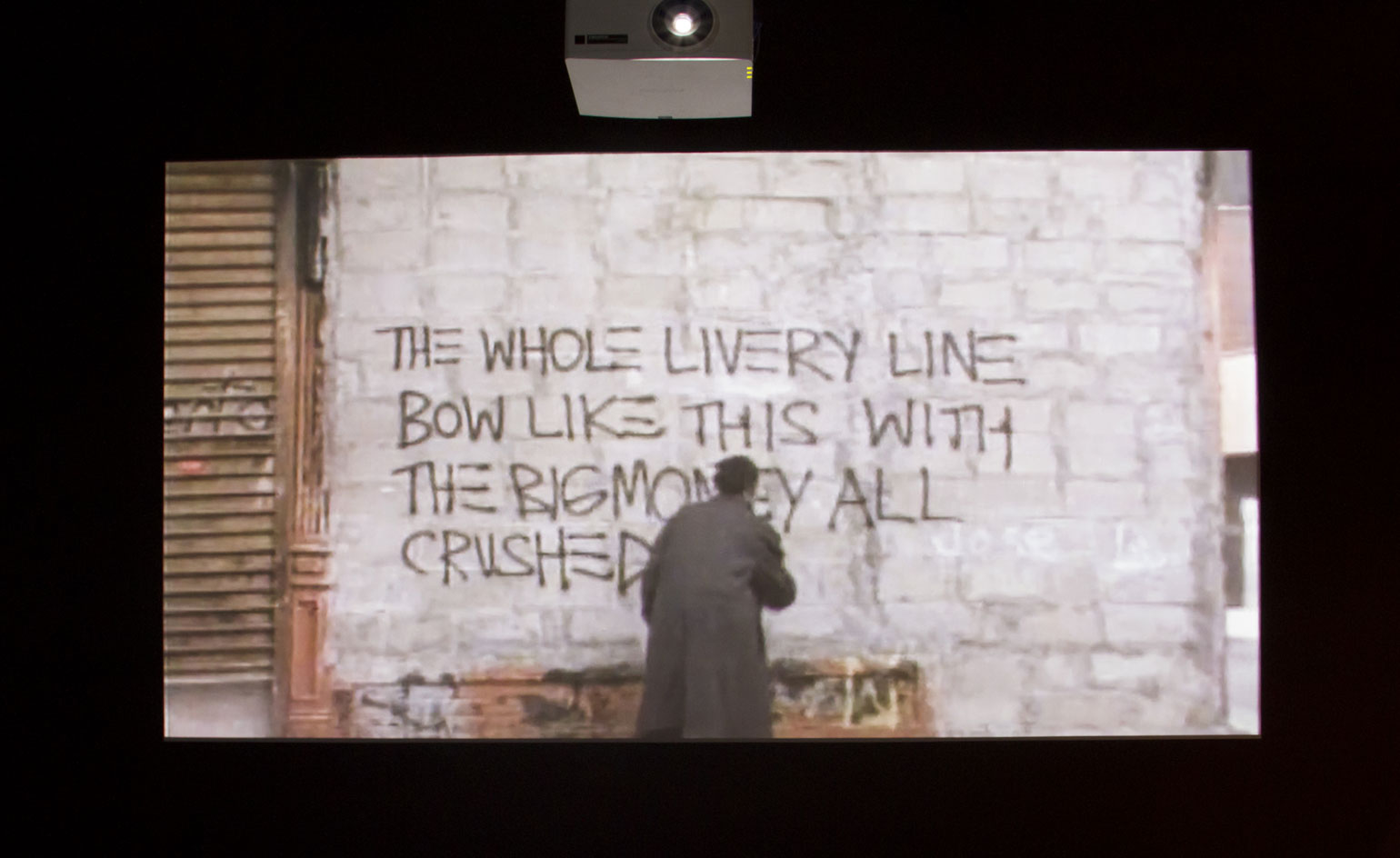
Included in the exhibition is a video showing Basquiat at work, tagging a metal wall in downtown New York in 1981. Courtesy of the Brooklyn Museum
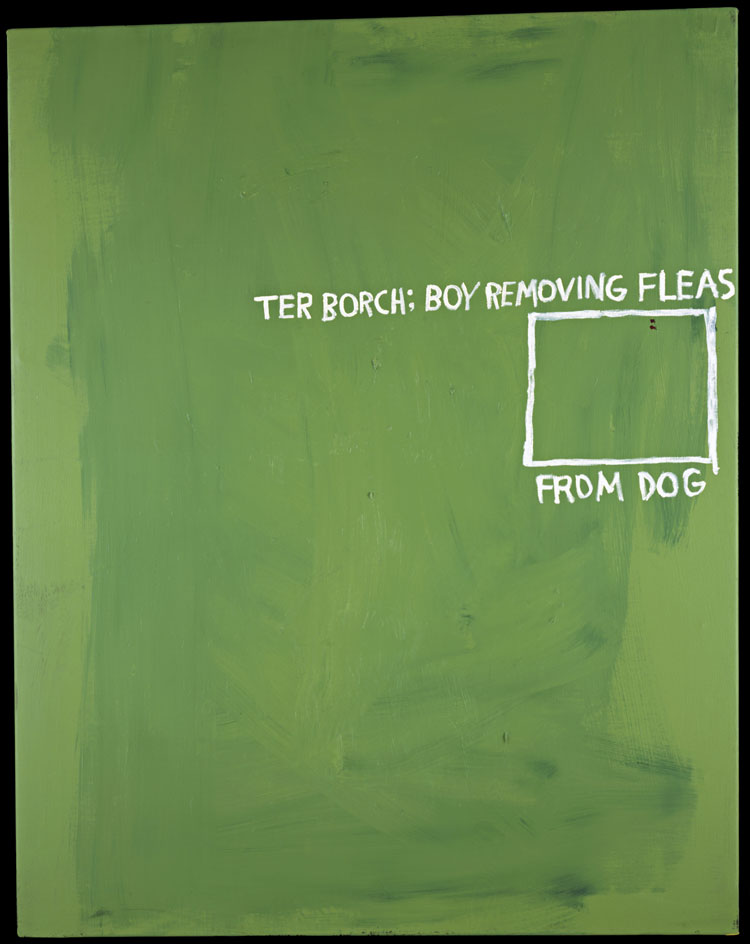
A poet as much as an artist, Basquiat focused on the visual word as a mode of painterly expression in itself - an idea which is reflected heavily in the works on show
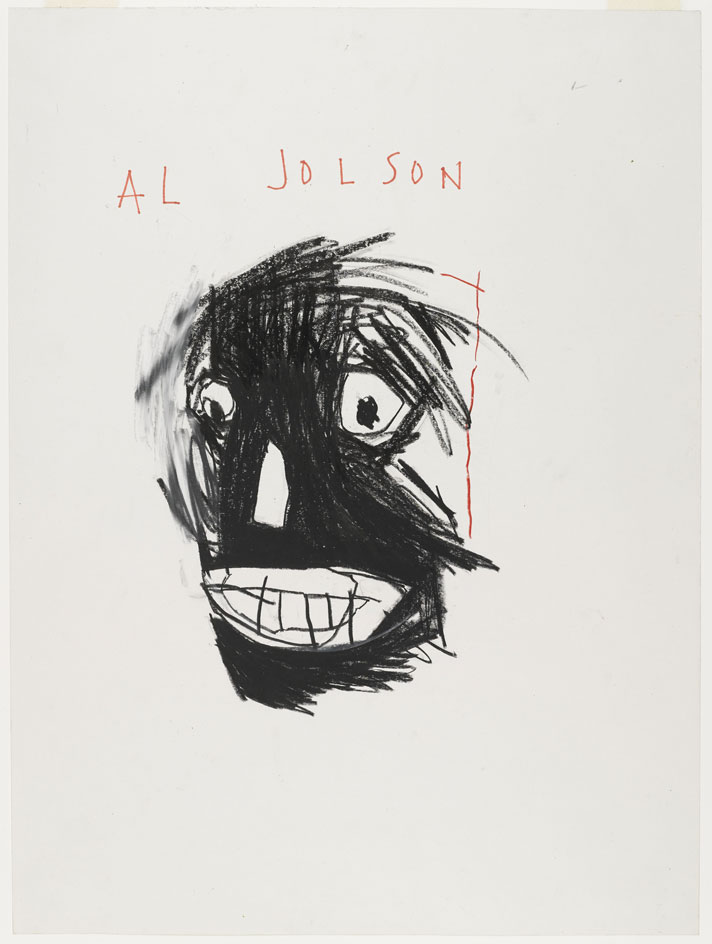
Themes of racism and colonialism run powerfully throughout a number of Basquiat's works. Pictured is a sketched portrait of the entertainer Al Jolson, the 1920s entertainer known for his 'blackface' minstrel performances
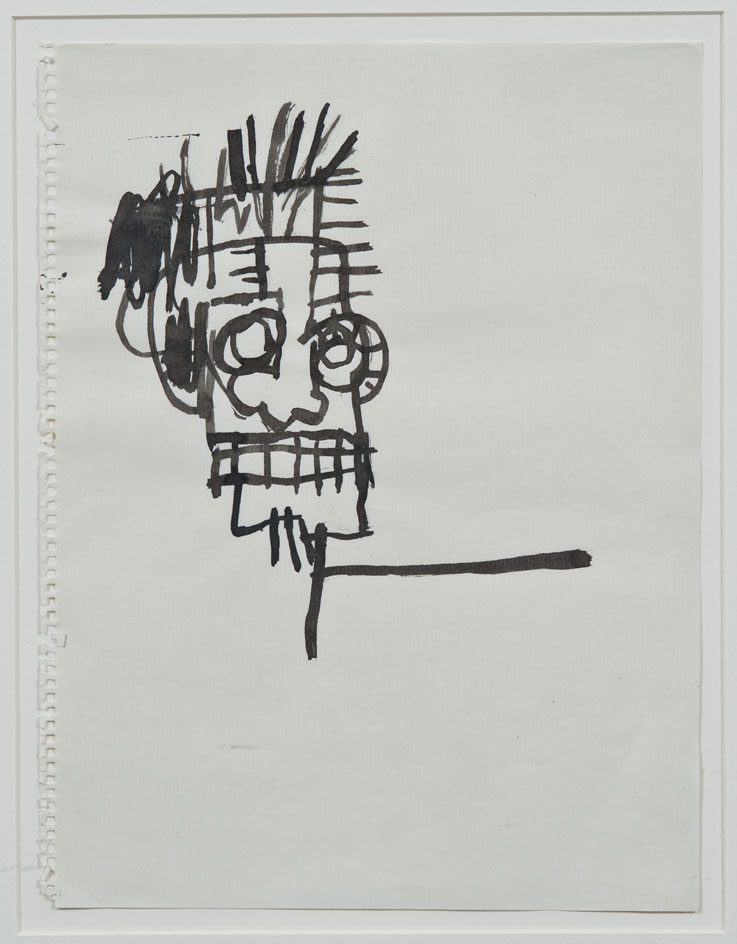
A face - half-skull, half-man - stares out of one of Basquiat's pages
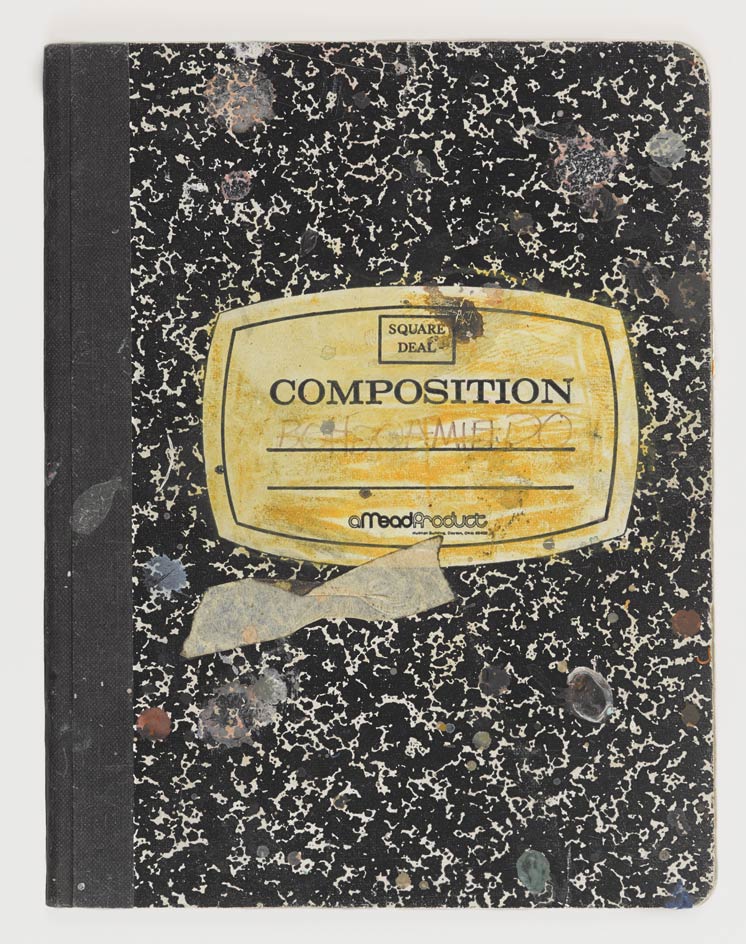
One of the composition notebooks favoured by Basquiat
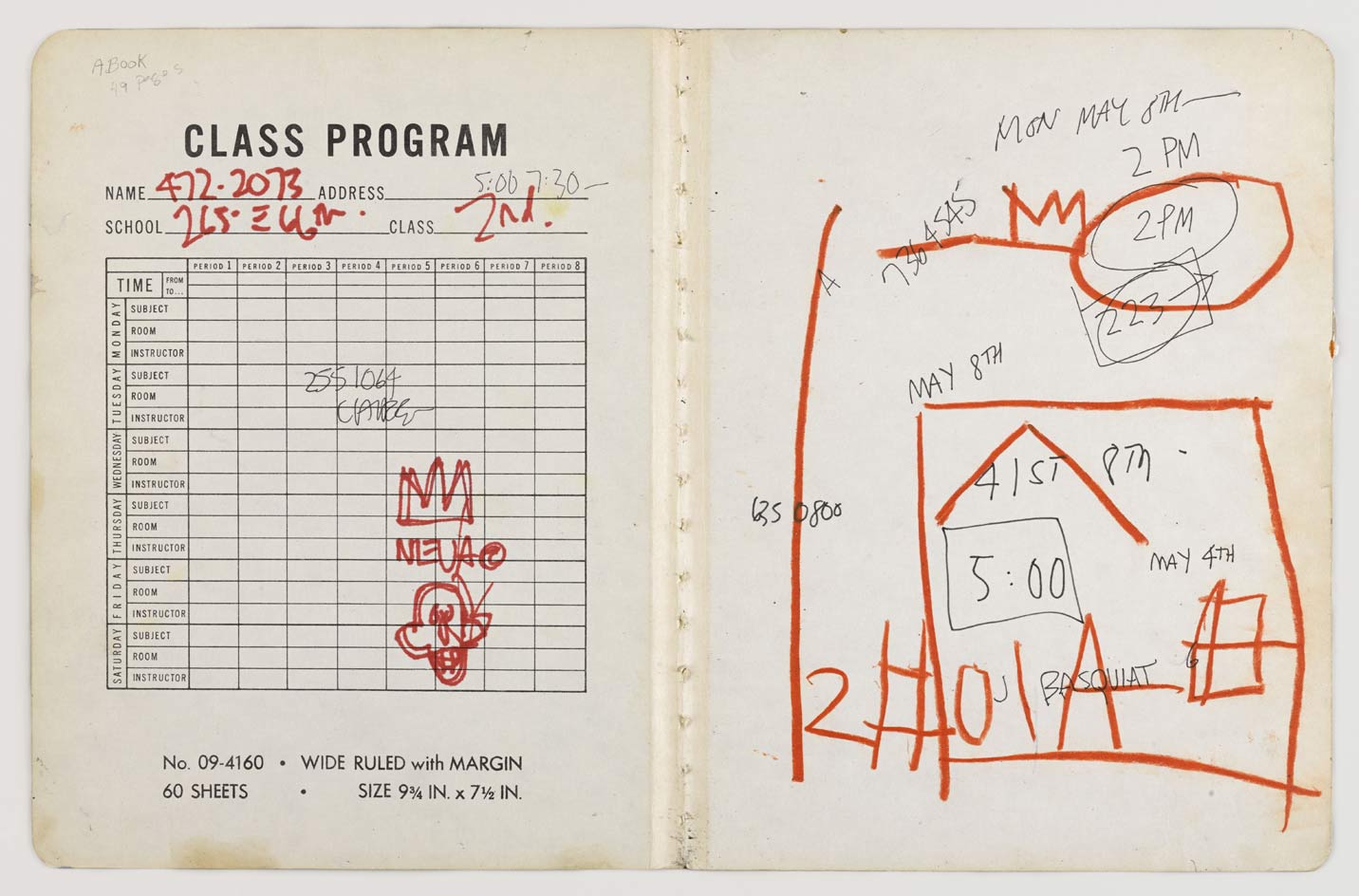
Scrawls, scribbles and sketches here sit side-by-side with some more practical information (though the trademark Basquiat wit is there in his designation of '2nd' class)

Wordplay and narrative poems play as much a part in the exhibition as more figurative sketches
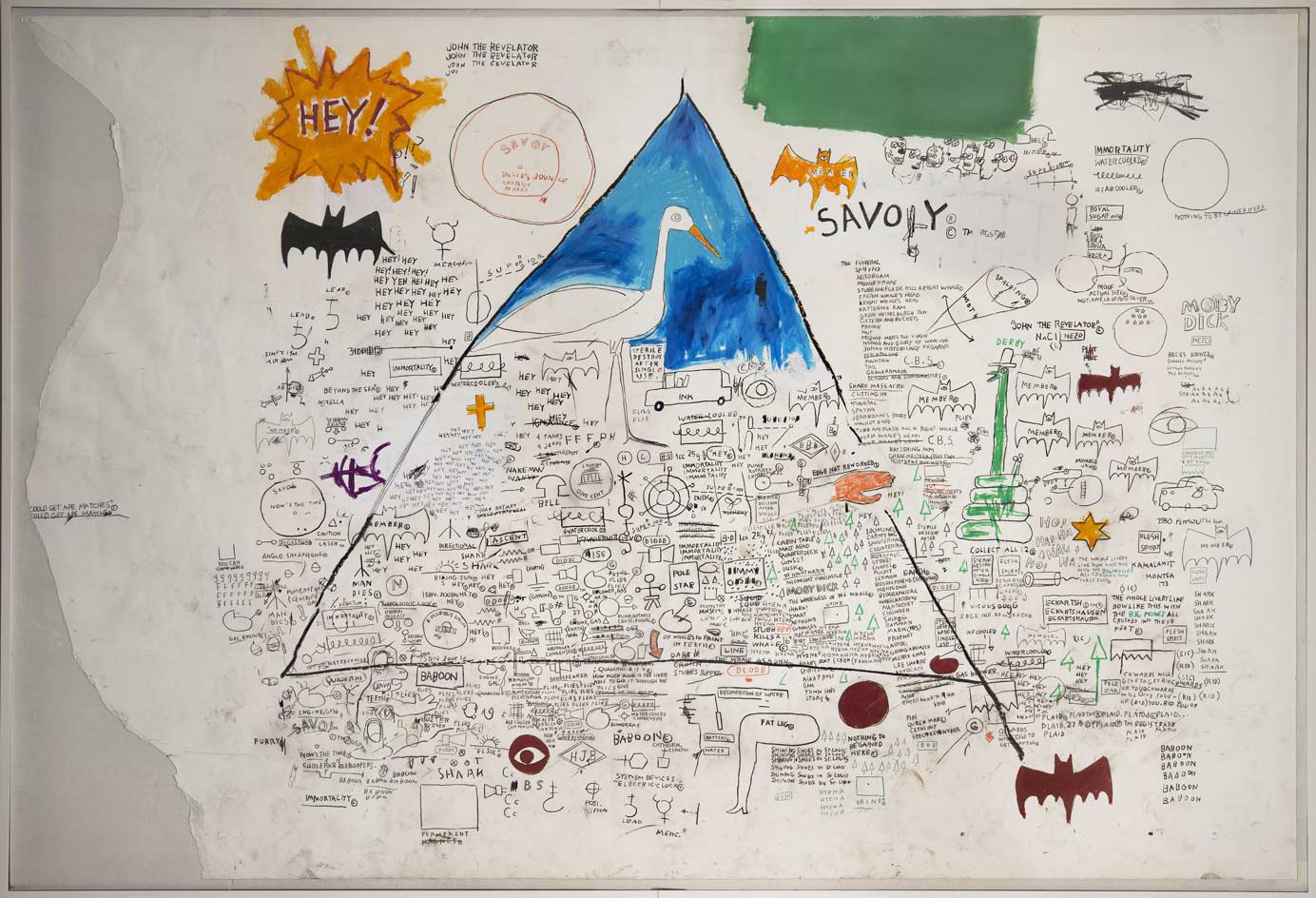
Here, words and images combine, affording viewers and insight into Basquiat's at his most enigmatic

Also evident throughout the sketches is his recognisable, simplified letter 'E', articulated as three horizontal strokes

'Believe it or not, I can actually draw' - Jean-Michel Basquiat
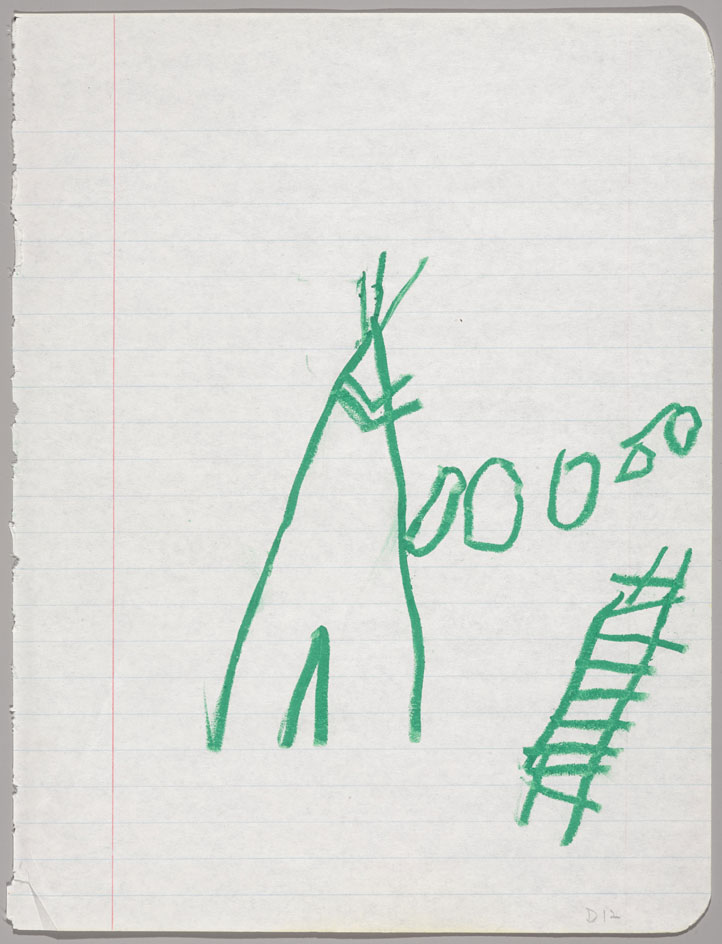
One of Basquiat's teepees, a motif repeated throughout his career
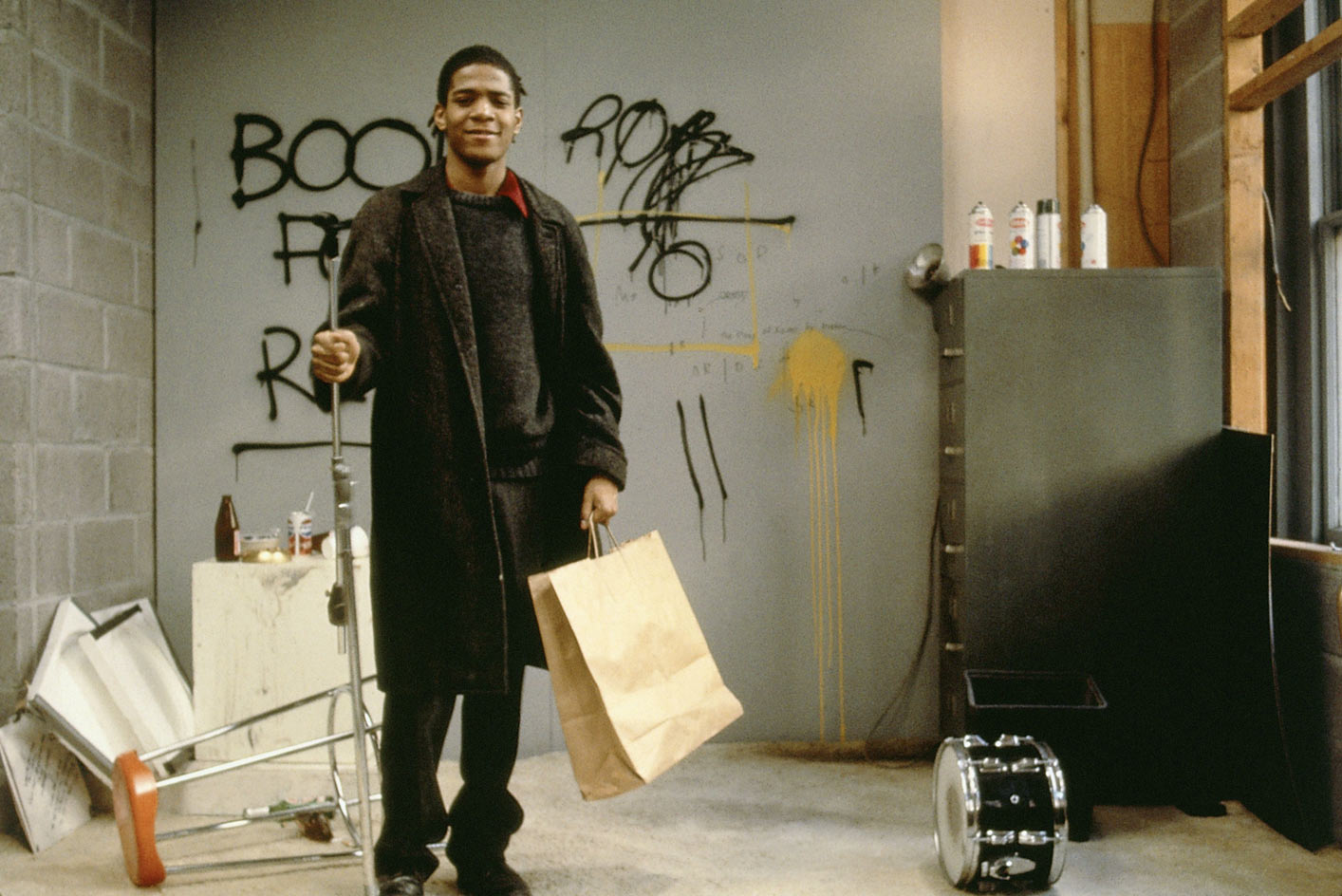
Jean-Michel Basquiat - about as authentically New York as it gets - pictured here in 1981
ADDRESS
200 Eastern Parkway
Brooklyn
New York 11238
Wallpaper* Newsletter
Receive our daily digest of inspiration, escapism and design stories from around the world direct to your inbox.
Pei-Ru Keh is a former US Editor at Wallpaper*. Born and raised in Singapore, she has been a New Yorker since 2013. Pei-Ru held various titles at Wallpaper* between 2007 and 2023. She reports on design, tech, art, architecture, fashion, beauty and lifestyle happenings in the United States, both in print and digitally. Pei-Ru took a key role in championing diversity and representation within Wallpaper's content pillars, actively seeking out stories that reflect a wide range of perspectives. She lives in Brooklyn with her husband and two children, and is currently learning how to drive.
-
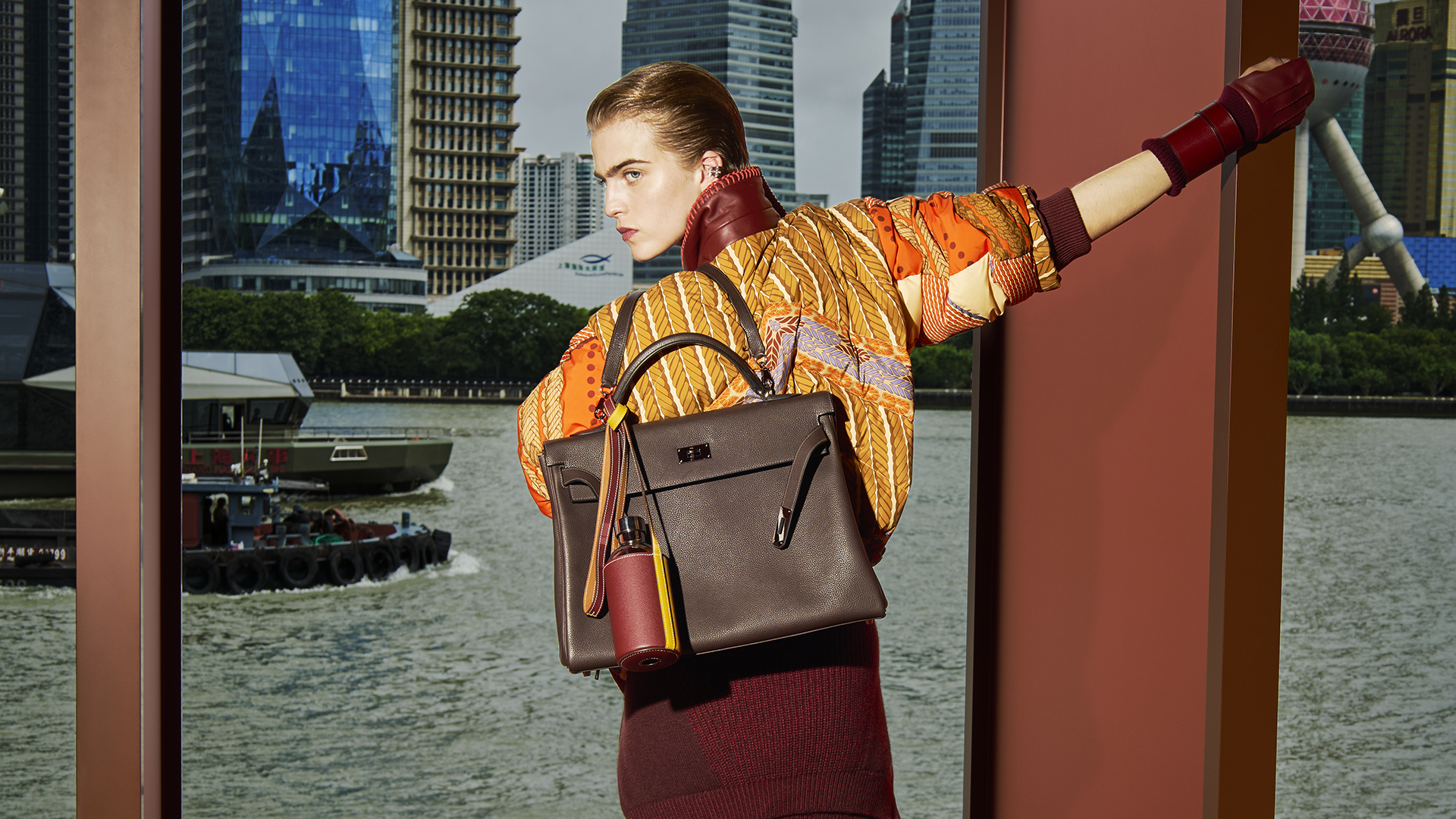 In Shanghai, Hermès conjures a ‘cosmopolitan explorer’ for its one-off show on the Huangpu River
In Shanghai, Hermès conjures a ‘cosmopolitan explorer’ for its one-off show on the Huangpu RiverNadège Vanhée, artistic director of Hermès’ womenswear collections, presented ‘The Second Chapter’ of her A/W 2025 collection earlier this evening (13 June 2025) against the futuristic skyline of Shanghai
-
 Out of office: the Wallpaper* editors’ picks of the week
Out of office: the Wallpaper* editors’ picks of the weekIt was a jam-packed week for the Wallpaper* staff, entailing furniture, tech and music launches and lots of good food – from afternoon tea to omakase
-
 Peugeot brings back a classic performance badge for the electric era: meet the E-208 GTi
Peugeot brings back a classic performance badge for the electric era: meet the E-208 GTiPeugeot has unveiled the new E-208 GTi, a performance EV designed to hark back to a golden age of compact sports cars
-
 Out of office: what the Wallpaper* editors have been up to this week
Out of office: what the Wallpaper* editors have been up to this weekThis week saw the Wallpaper* team jet-setting to Jordan and New York; those of us left in London had to make do with being transported via the power of music at rooftop bars, live sets and hologram performances
-
 Photographer Geordie Wood takes a leap of faith with first film, Divers
Photographer Geordie Wood takes a leap of faith with first film, DiversGeordie Wood delved into the world of professional diving in Fort Lauderdale for his first film
-
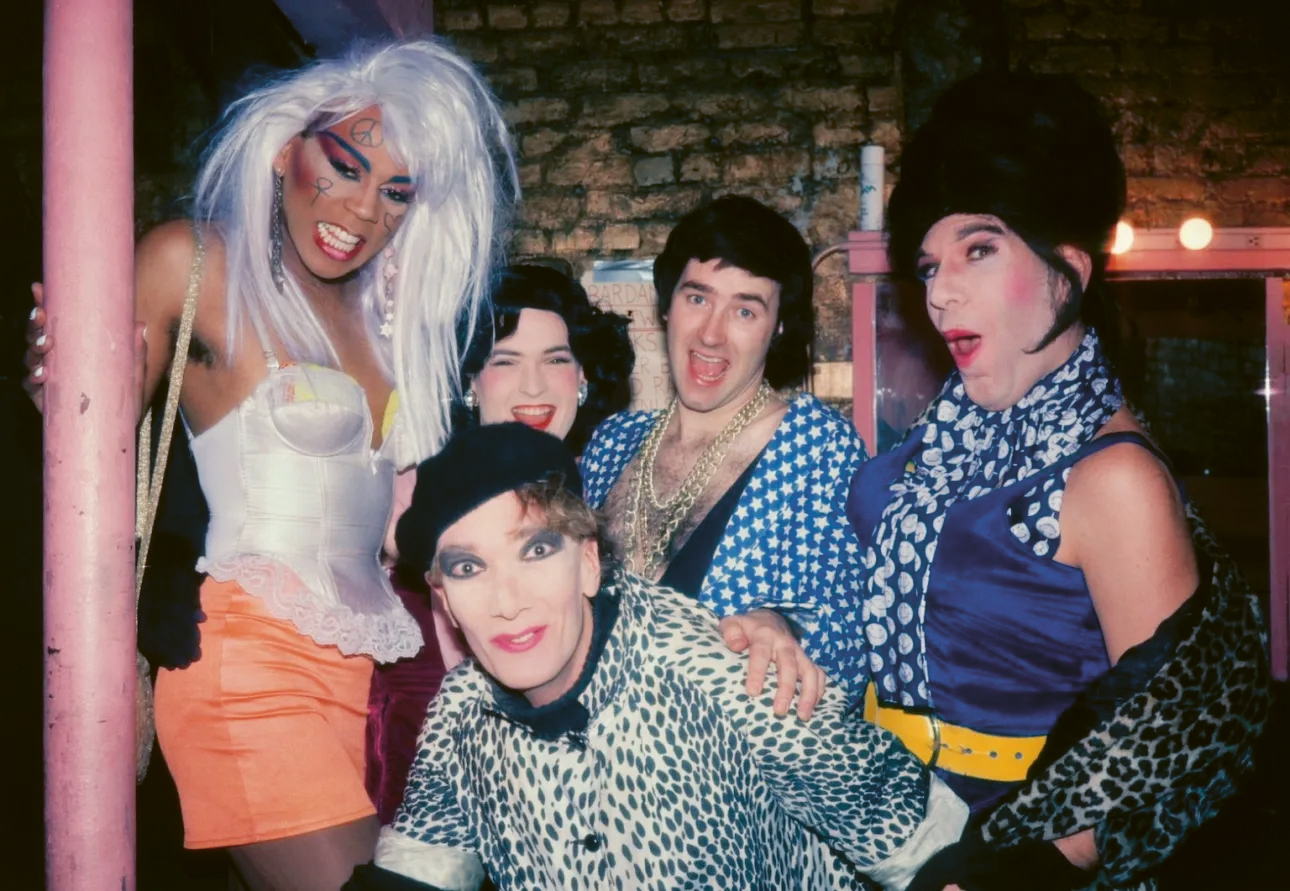 New book celebrates 100 years of New York City landmarks where LGBTQ+ history took place
New book celebrates 100 years of New York City landmarks where LGBTQ+ history took placeMarc Zinaman’s ‘Queer Happened Here: 100 Years of NYC’s Landmark LGBTQ+ Places’ is a vital tribute to queer culture
-
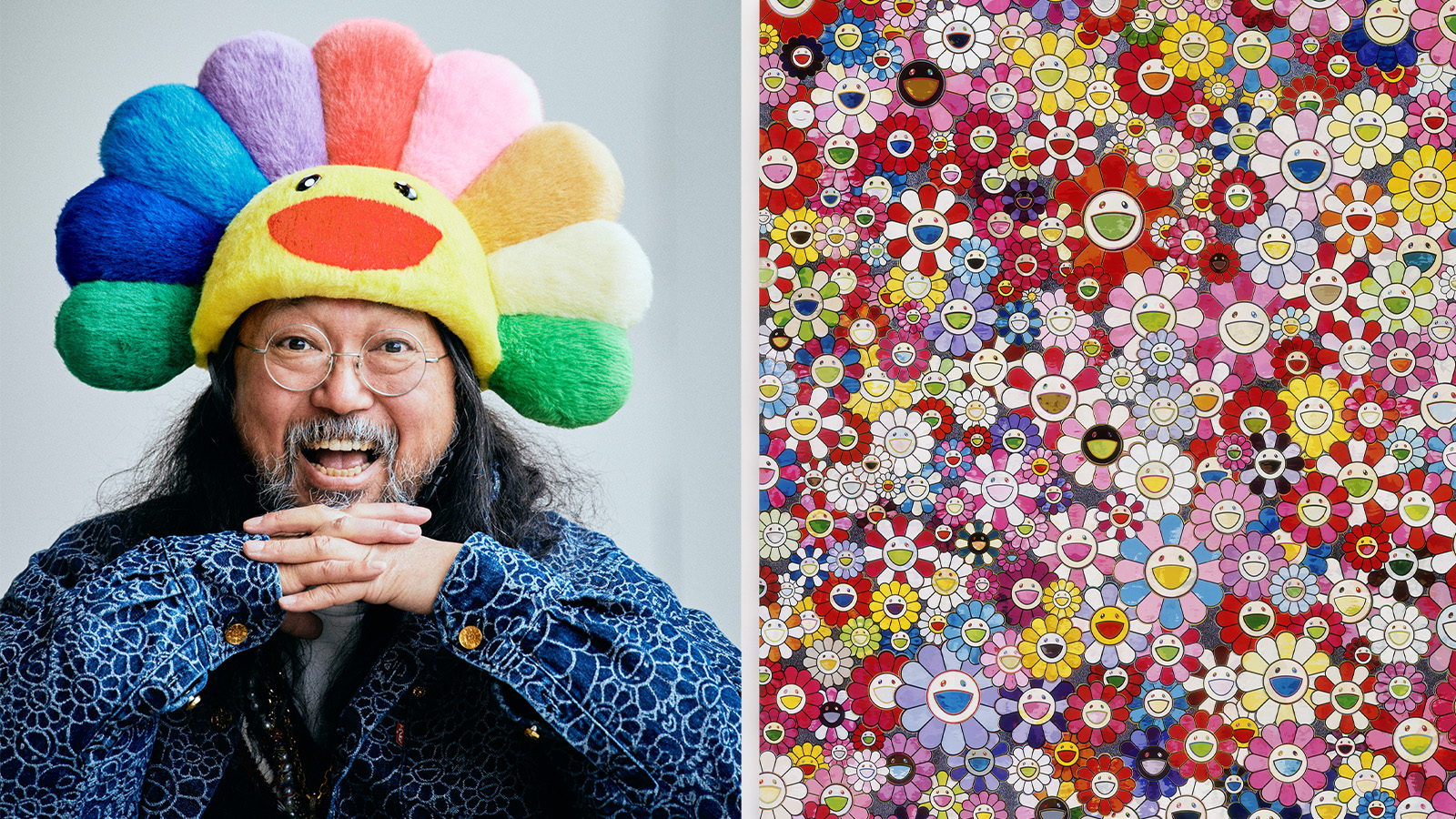 A major Takashi Murakami exhibition sees the world in kaleidoscopic colour
A major Takashi Murakami exhibition sees the world in kaleidoscopic colourThe Cleveland Art Museum presents 'Takashi Murakami 'Stepping on the Tail of a Rainbow', exploring outrage and escapist fantasy
-
 The glory years of the Cannes Film Festival are captured in a new photo book
The glory years of the Cannes Film Festival are captured in a new photo book‘Cannes’ by Derek Ridgers looks back on the photographer's time at the Cannes Film Festival between 1984 and 1996
-
 Ai Weiwei’s new public installation is coming soon to Four Freedoms State Park
Ai Weiwei’s new public installation is coming soon to Four Freedoms State Park‘Camouflage’ by Ai Weiwei will launch the inaugural Art X Freedom project in September 2025, a new programme to investigate social justice and freedom
-
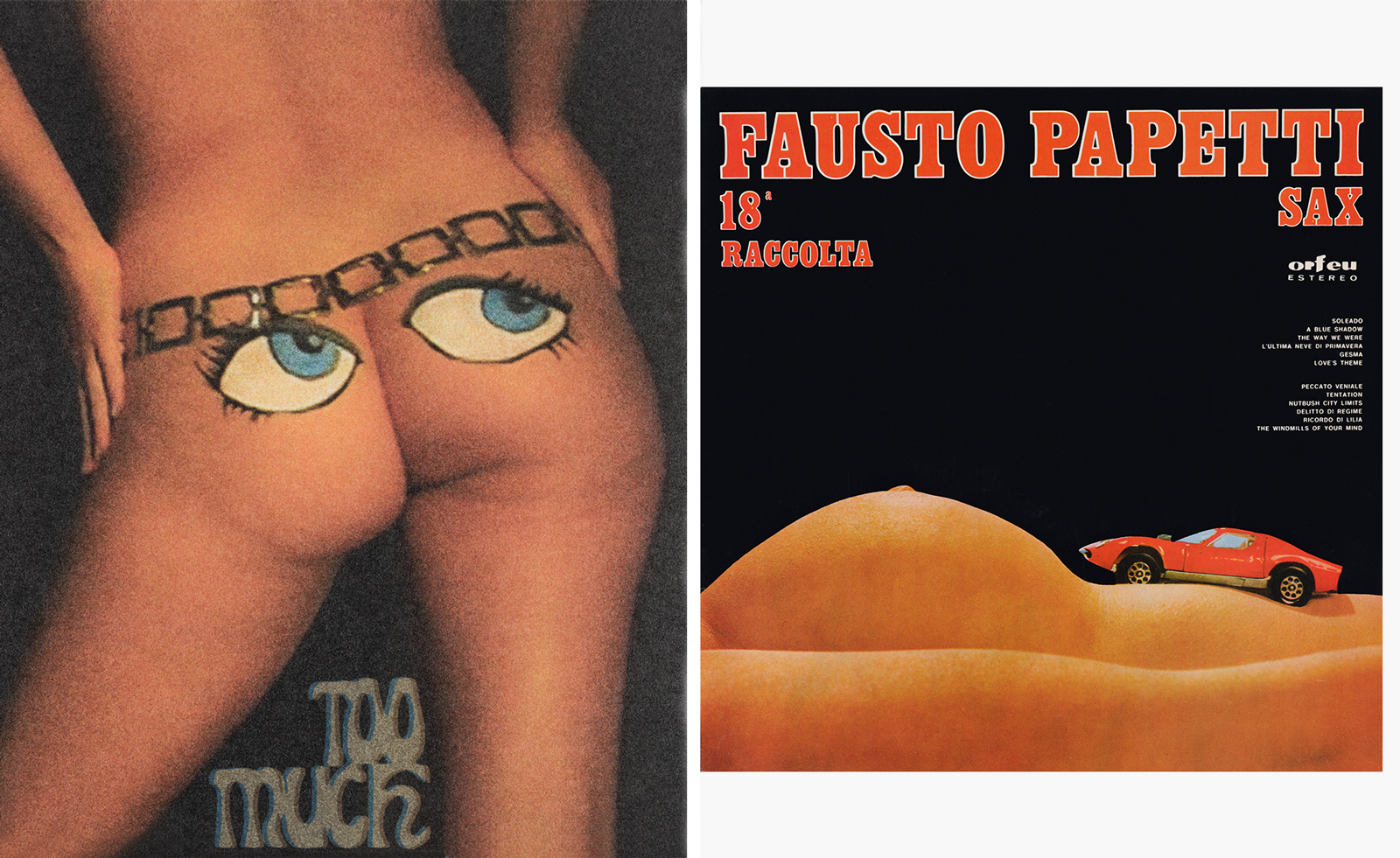 Taschen’s sexy record covers are hitting all the right notes
Taschen’s sexy record covers are hitting all the right notesTaschen has been through 50 years of album art for its latest tome, ‘Sexy Record Covers’
-
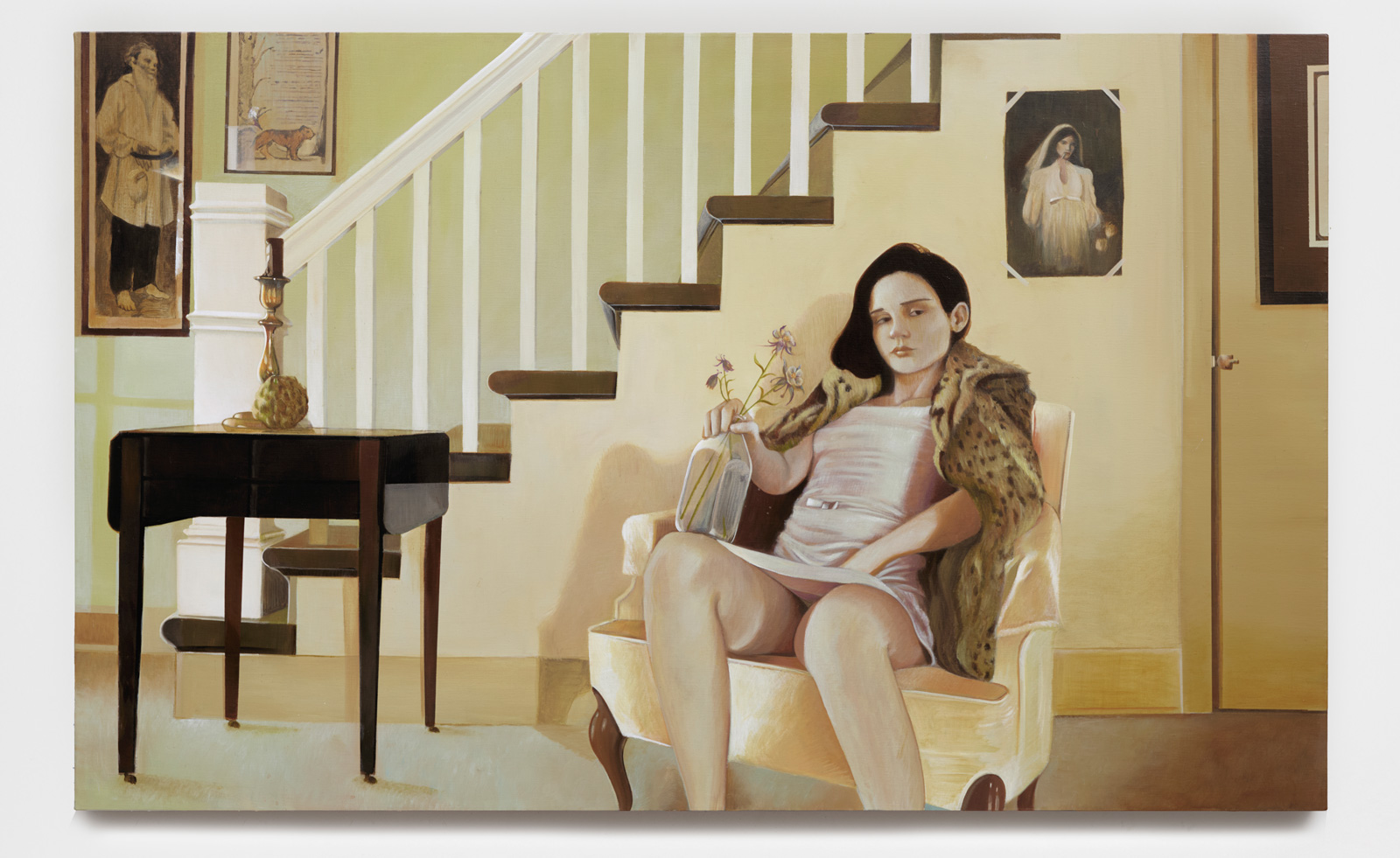 Leonard Baby's paintings reflect on his fundamentalist upbringing, a decade after he left the church
Leonard Baby's paintings reflect on his fundamentalist upbringing, a decade after he left the churchThe American artist considers depression and the suppressed queerness of his childhood in a series of intensely personal paintings, on show at Half Gallery, New York